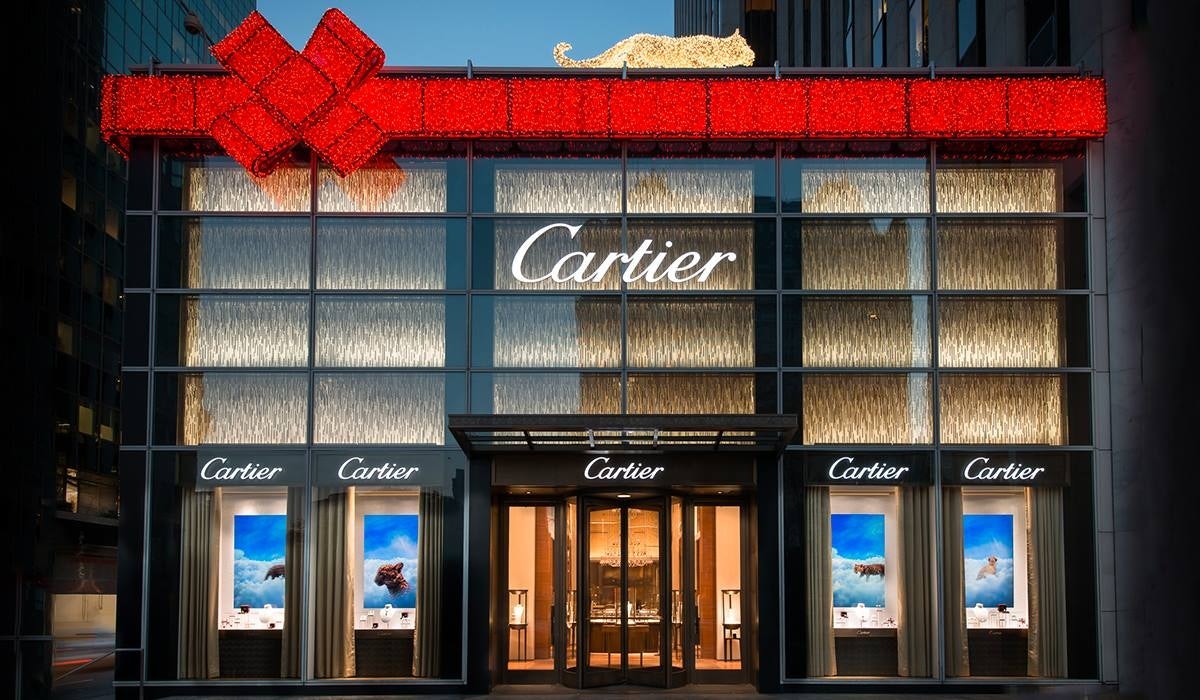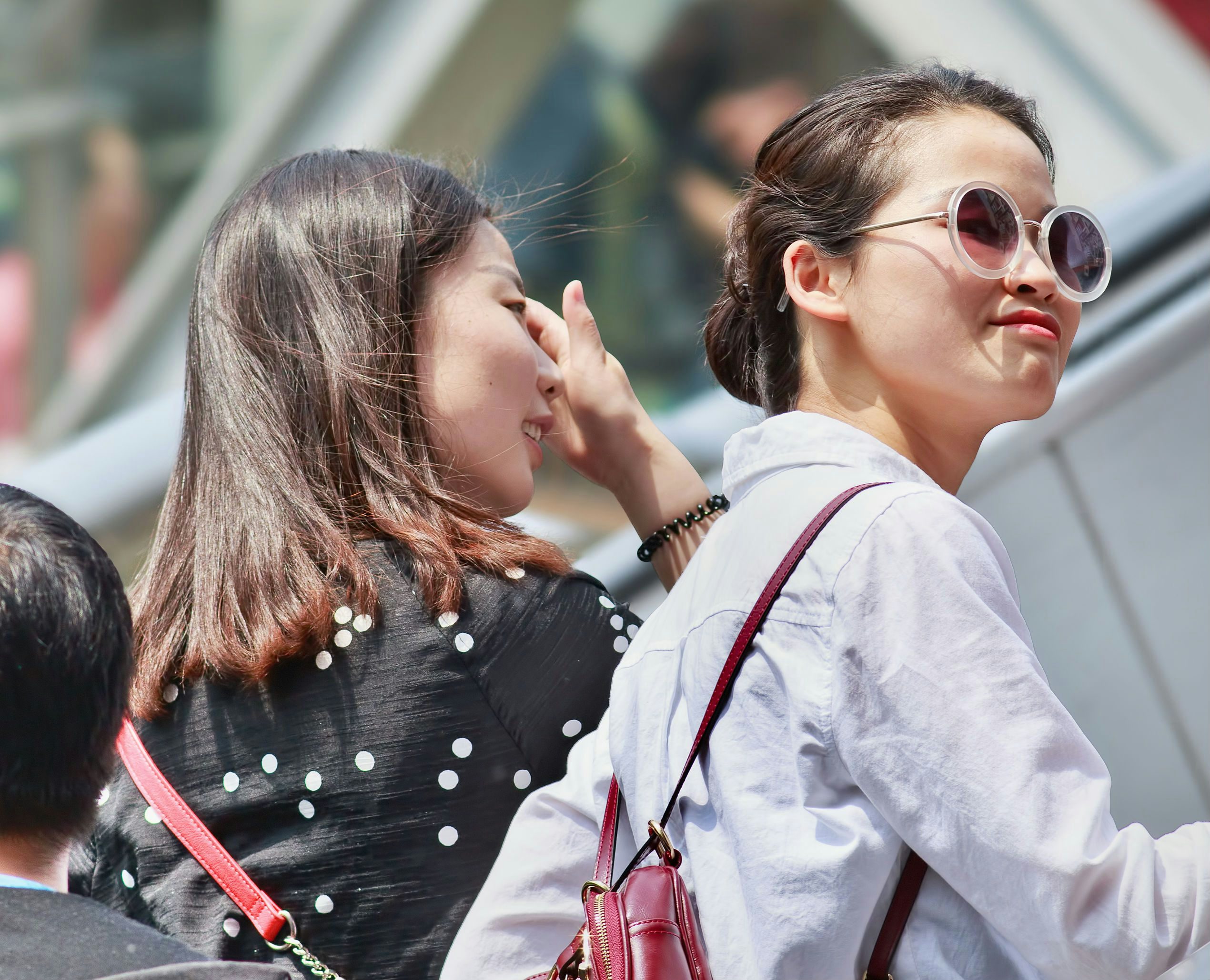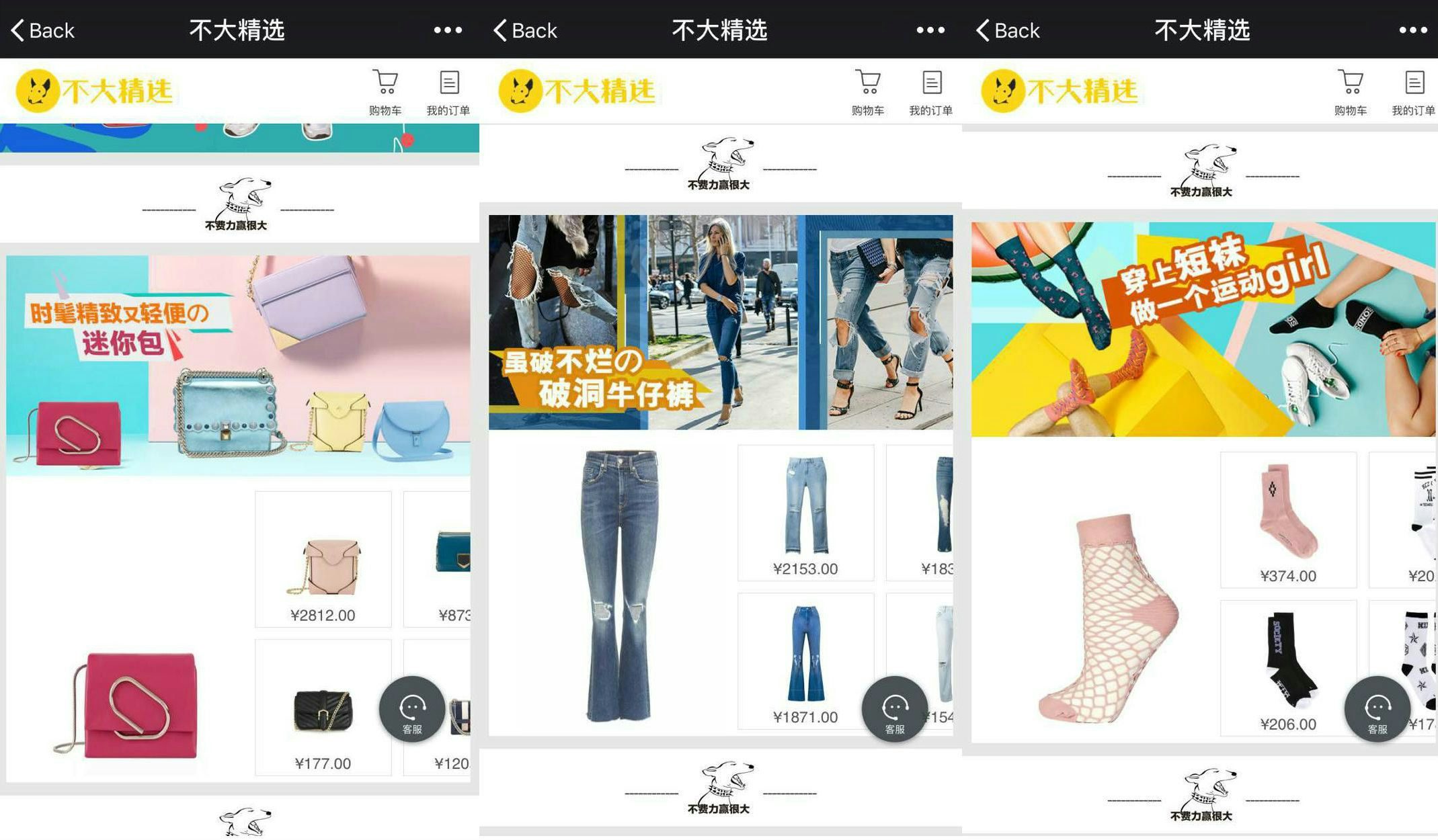The year 2016 has proven to be a good one for the luxury industry in China as an increasing number of affluent consumers resumed buying luxury goods domestically. But even though international luxury brands responded by beefing up their digital competence to maximize their market potential, their digital proficiency is still lacking in China, according to the “2017 Digital IQ Index: China Luxury” report released by digital intelligence company L2.
The report, based on research and analysis of 89 luxury fashion and watches and jewelry brands in China, ranked the digital performance of brands in four areas: site and e-commerce, digital marketing, social media, and mobile.
According to L2, only Burberry and Cartier achieved a "genius" rating, meaning they exhibited an excellent performance in all areas. Coach, Bulgari, and Gucci followed close behind, while Bulgari, along with Officine Panerai, Forevermark, Loewe, and MCM, made L2's list of the fastest digital learners over the past year. Bottega Veneta, Luk Fook Jewelry, Kate Spade, Balenciaga and Tag Heuer, didn't perform as well in the digital sphere in 2016, according to L2.
Aside from its rankings, the report also offers the following insights and lessons that luxury brands can learn from others’ success and failures. Here are 10 highlights:
1. Traveling Chinese luxury consumers are underserved#
L2 wrote that luxury brands still digitally neglect overseas Chinese tourists who also have huge purchasing power. It is recommended that luxury brands add features such as geolocation and online reservation services on WeChat to cater to these tech-savvy travelers. They also are advised to provide mobile payment solutions that Chinese consumers are familiar with when they shop overseas.
2. Heightened e-commerce competition#
Today, less than 10 percent of the surveyed fashion brands have no e-commerce presence, indicating that brands have taken their online competition to the next step. These brands, however, often are required to wisely choose the platform(s) for listing their products as the country is now flooded with a variety of digital marketplaces ranging from foreign entrants Farfetch, Yoox Net-a-Porter, and domestic giants Tmall and JD.com. L2 noted that even though different luxury brands have different preferences for platforms that they would like to work with, they are in general much more cautious about collaborating with local players.
3. Social e-commerce on WeChat#
In the last year, luxury brands made a major pivot towards WeChat, with an increasing number of them launching stores on the platform to explore the app’s closed, one-to-one ecosystem. Brands like IWC Schaffhausen and Cole Haan even sell only this platform. Coach also closed down its Tmall store to focus on WeChat sales.
4. Continued gray zone on Alibaba’s Tmall#
Even though Alibaba has pledged to solve the counterfeit issues on its third-party platform Tmall, L2 found it was still difficult for luxury brands to maintain their search visibility as too many non-branded sellers operate their businesses on Tmall. To counter this, some brands have devoted more resources to paid strategies in order to fight back against unauthorized merchants.
5. Lack of omnichannel experience#
Luxury brands have not yet optimized their omnichannel capabilities, despite it being expected by more Chinese consumers. Two winners that are leading the online to offline (O2O) strategy are Ermenegildo Zegna, which allows customers to check in-store product availability and make online reservations, and Officine Panerai, which offers in-store pickup.
6. Pricing strategy differs between pure luxury brands and accessible labels#
High-end luxury brands, led by Chanel and Louis Vuitton, have embraced price harmonization, narrowing the price gap between home and abroad in 2016. However, accessible labels such as Coach and Michael Kors continued to maintain much higher price in mainland China.
7. Brands' visibility on Baidu#
As China's number one search engine, Baidu is still an important tool for brands seeking to understand consumers' interests and market trends. L2's research shows that it remained a challenge for luxury brands to achieve high organic visibility on Baidu in 2016 as traditional SEO strategies are somewhat ineffective.
8. Weibo's turnaround vs. WeChat's problem#
While WeChat has had trouble with monetization and its engagement rate dropped last year, Weibo has experienced a resurgence of the number of active users thanks to its video content. This has driven many luxury brands to re-build their relationship with the platform.
9. China's video fever#
There is no denying the popularity of video-related content (live-streaming and short videos) and products among China's online community. L2 noted that Miaopai has become the favorite video platform for luxury brands in China in 2016.
10. The magic of KOLs#
Chinese celebrities and online fashion bloggers have continued to help luxury brands reach out to a wider audience in 2016. Successful KOL and brand collaborations include Michael Kors and Yang Mi and Burberry and Kris Wu.



